Identification keys to the Anopheles mosquitoes of South America (Diptera: Culicidae). II. Fourth-instar larvae
- PMID: 33208185
- PMCID: PMC7672918
- DOI: 10.1186/s13071-020-04299-5
Identification keys to the Anopheles mosquitoes of South America (Diptera: Culicidae). II. Fourth-instar larvae
Abstract
Background: Accurate species identification of South American anophelines using morphological characters of the fourth-instar larva is problematic, because of the lack of up-to-date identification keys. In addition, taxonomic studies, employing scanning electron microscopy of the eggs and DNA sequence data, have uncovered multiple complexes of morphologically similar species, and resulted in the resurrection of other species from synonymy, mainly in the subgenus Nyssorhynchus. Consequently, the identification keys urgently need to be updated to provide accurate morphological tools to identify fourth-instar larvae of all valid species and species complexes.
Methods: Morphological characters of the fourth-instar larvae of South American species of the genus Anopheles were examined and employed to elaborate a fully illustrated identification key. For species for which no specimens were available, illustrations were based on published literature records.
Results: A fully illustrated key to the fourth-instar larvae of South American species of the genus Anopheles (Diptera: Culicidae) is presented. Definitions of the morphological terms used in the key are provided and illustrated.
Conclusions: Morphological identification of South American Anopheles species based on the fourth-instar larvae has been updated. Characters of the spiracular apparatus were determined useful for the identification of morphologically similar species, in the Strodei Group and some taxa in the Myzorhynchella Section. The single versus branched abdominal seta 6-IV used to differentiate Myzorhynchella species from other Nyssorhynchus species was shown to be variable in Myzorhynchella species. Also, the abdominal setae 1-IV,V of Anopheles atacamensis and Anopheles pictipennis were shown to be slightly serrate at the edges. Recognition of this character is important to avoid inaccurate identification of these species as members of the subgenus Anopheles.
Keywords: Anopheles; Fourth-instar larvae; Identification key; Illustrations; Morphology.
Conflict of interest statement
The authors declare that they have no competing interests.
Figures
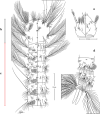



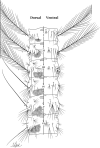



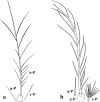





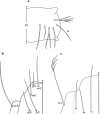
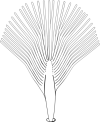


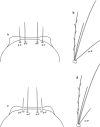




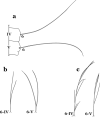


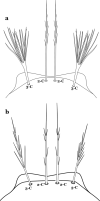


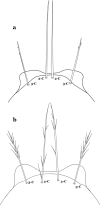




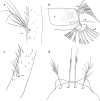








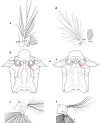

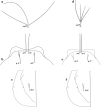







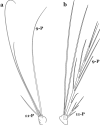


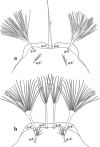

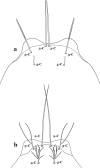

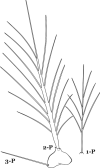




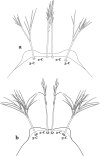

References
-
- WHO. Guidelines for malaria vector control. Geneva: World Health Organization; 2019. https://www.who.int/publications/i/item/guidelines-for-malaria-vector-co.... - PubMed
-
- Harbach RE, Knight KL. Taxonomistsʼ glossary of mosquito anatomy. Marlton: Plexus Publishing, Inc.; 1980.
MeSH terms
Grants and funding
LinkOut - more resources
Full Text Sources

